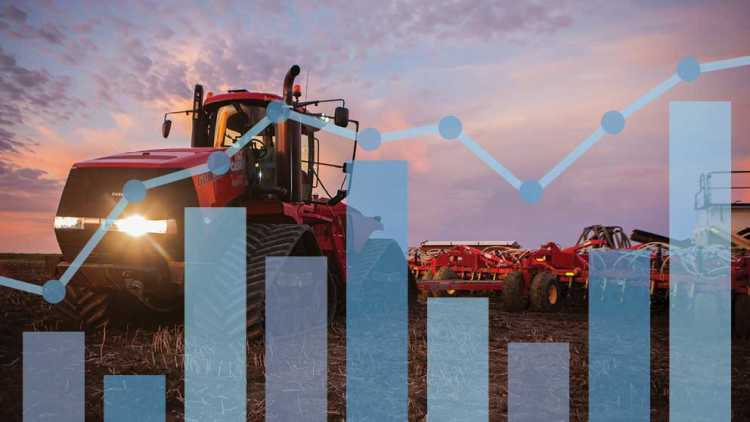How machinery benchmarking improves farm management

According to farm business experts, knowing machinery benchmarks – how equipment costs breaks down on a per acre level – lends itself to better farm management and overall business planning.
Keep a balanced ratio
Ted Nibourg, business management specialist with Alberta Agriculture and Rural Development, says machinery benchmarking can be found by calculating equipment investments per acre, at market value, and dividing it by gross revenue per acre. The result indicates how cost-effective that equipment is for the farm overall.
For example, Nibourg says, if the average benchmark investments for Alberta’s grain farmers was $1.49, that would mean there was $1.49 invested in machinery for every dollar of revenue. This is somewhat lower than a generally-held, Canada-wide belief that benchmark levels for field crop farmers shouldn’t exceed two-times the earnings per acre.
Nibourg adds the ideal and average ratio for livestock farmers tends to be lower, while those working in higher-value products might be higher.
“You have to size your equipment to your operation,” Nibourg says.
John Molehuis, business analysis and cost of production specialist with the Ontario Ministry of Agriculture, Food and Rural Affairs, says benchmarking can also include breakdowns between crops, as well as comparisons with custom operator pricing. More specifically, he says the costs of working a given acre should match how much custom operators charge.
Molehuis says, “If you can't do it as cheap as a custom operator, you have to ask if you should be doing it.” A simple machinery-to-operational-needs calculation can help you reduce your costs.
He adds fuel, repairs and other affiliated equipment expenses also require consideration.
Reducing the difference
Overall, both Nibourg and Molehuis say benchmarking gives farmers a better understanding of what to look for in terms of machinery investment. The best way to reduce costs, though, involves scaling machinery to operational needs. That means not going too big, if doing so is not necessary.
But there are alternatives to downsizing.
“With the price of machinery, more people are renting land and doing custom work to spread their machinery costs,” Nibourg says. “Some of the smaller operators are taking advantage of custom operators.”
What fits your farm
However, Molehuis says purchasing too small can also be a problem. If equipment limitations prevent efficient work when time is available – such as during a particularly wet spring or harvest season - changes may be required.
The likelihood of breakdowns in older machinery is also a factor to consider.
“Benchmarking can help you make that assessment on where’s the sweet spot – where you can get the job done on time and not cause cash flow issues,” he says.
Nibourg adds keeping track of long-term markets, and making machinery decisions accordingly, is very important.
Bottom line
Knowing how equipment costs break down on a per acre level on the farm is valuable information that can help farmers scale machinery to optimize their investments. Experts recommend breaking benchmarking down between crops and comparing with custom operator pricing.
Article by: Matt McIntosh

Have a spring cash flow plan created as much as a year ahead. Sit down annually with a financial to review your balance sheet and income statement.
